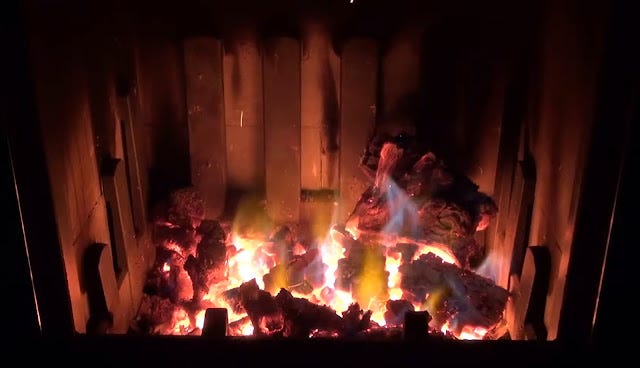CVCPJared
New Member
I ran this through PVWatts with the "hourly" csv for my location. Basically a 10kwh system facing due west and 10kwh system facing due east, vs a single 20kwh system facing due south. All were 35 degree tilt (and maybe that's the flaw?). What the numbers gave was that production was about 10% less overall for the East/West system, but quite a bit better 6-8am and 4-5pm in the summer, as expected. But what was unexpected was when looking at winter numbers, the due south system actually produces better in early morning and late afternoon; and winter is what most off-grid are trying to maximize.Having been off-grid for about two years now, I’ve learned a lot of lessons.
If you have a frugal mindset, you might find yourself constantly worrying about “wasted” power when your solar batteries are fully charged. Or you might stress about avoiding the use of generator power during shortfalls. It seems there’s constantly either too much power, or not enough. It's a source of constant frustration for me, which I need to learn to be at peace with. Power will inevitably end up being wasted on sunny days, and I will end up burning diesel on dark winters days. My desire to optimize means I'll never be satisfied...
Another significant lesson I’ve learned is the importance of having solar arrays pointed east and west. While a south-facing orientation maximizes yield for grid-tied systems, off-grid setups benefit more from capturing power earlier and later in the day.
My 2¢, hope it helps.
I did the same calculation with 10kw facing 135 and 225 degrees (90 degree angled V of panels), and it was better, but same deal. 20kw due south beats 10/10 facing due SW and due SE in early/late hours in the winter, the 10/10 beats in early/late hours in the summer.
Obviously, its only a calculator, but its a tool many rely on. So I'm wondering from actual real-life experience - is that just flat out wrong? Is the East/West panel recommendation specific to certain seasons or certain latitudes? Are certain tilts recommended?




